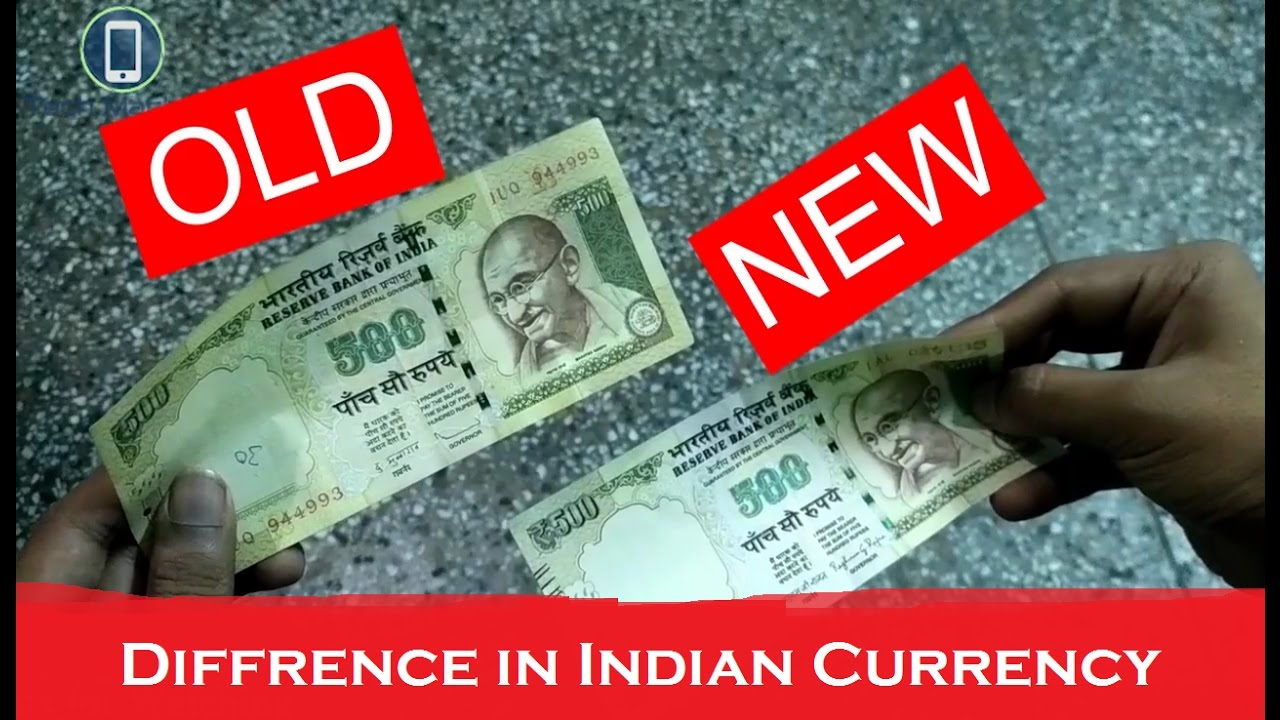Indian currency crisis puts stress on Bhutanese economy
Sudden withdrawal of INR 500 and 100 notes by the Indian government has created ripples in Bhutanese trades and businesses as well. The central bank has requested the government of India to put special arrangement place for notes exchange in Bhutan.
India has agreed but with shorter notice. Bhutan has now only until November 30 to trade their old notes with new ones.
“Whatever RMA has collected from the Banks and the public now we have to transfer it to the Reserve Bank of India by December 31 and put into account and put the new notes that we have to distribute to the public,” said the central bank’s governor, Dasho Penjore.
The governor said they are collecting the list of people who have deposited more than 100,000 and 500,000 and the companies who have deposited even higher.
In the meantime, Indians are taking advantage of the Bhutanese citizens who are not aware where to exchange the old notes but are desperate in need of Indian rupees. Traders as far as Siliguri in West Bengal are travelling to bordering Bhutanese cities like Samtse, Gomtu to exchange currency with commission.
Most southern Bhutanese use Indian currencies as they frequently cross border into India for their groceries and other need. Bhutan always faced INR shortage while businesses across the border hesitate to accept the Bhutanese currency.
Additionally, currency crisis in India has put cross border trade between Bhutan and Bangladesh under trouble. Though a bilateral issue between the two neighbouring countries, thousands of Indian citizens, dependent on this trade, have become victims of the situation, reports The Economics Times.
Being landlocked, Bhutan maintains lion’s share of its around $30 million worth exim with its one of the largest trade partners Bangladesh mainly through Indian land in Dooars region in northern West Bengal. Four major trade points of Bhutan in Indo-Bhutan border at northern side of Dooars are linked with 4 trade gates of Bangladesh at southern side of Dooars in Indo-Bangladesh border.
“Though the trade involves Bhutan and Bangladesh, lion’s share of this bilateral trade is handled by Indian agents, transporters or packers in Dooars region. They are major victims of the situation,” said K. Pradhan, a transporter of Indian town Jaigaon, adjacent to Bhutan’s largest trade point Phuentsholling. According to him, around 10,000 Indians are indirect dependants of Bhutan Bangladesh trade at different levels.
